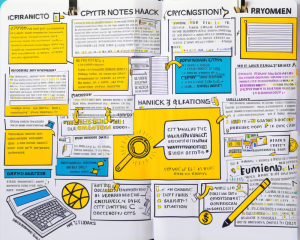Understanding the Stablecoin TRUST Act
In a recent move that has stirred the waters of the crypto world, Senator Pat Toomey, the Senate Banking Committee’s captain, has unveiled a draft bill aimed at bringing stablecoins to the regulatory table. Officially dubbed the Stablecoin Transparency of Reserves and Uniform Safe Transactions Act—or, as we like to call it, the Stablecoin TRUST Act—this legislation seeks to clarify what a stablecoin is while also ensuring it plays nicely within the realms of current financial laws.
Payment Stablecoins: Not Quite Securities
What makes this bill a game changer? In a nutshell, it classifies stablecoins as “payment stablecoins.” These fancy little digital coins are to be treated as convertible virtual currencies, an idea akin to swapping a $5 bill for a shiny quarter. Importantly, the draft proposes they should be exempt from securities regulations, a move intended to keep bureaucratic red tape from hampering the innovation of cryptocurrencies.
Who Gets to Play? The Issuers’ Club
Now, who exactly can mint these stablecoins? The bill specifies that issuers will primarily include national trust banks and licensed state-chartered trusts. This essentially creates a VIP club where those licensed by the Office of the Comptroller of the Currency can play. But don’t think it’s just a fun party; there are rules. Issuers must back their coins with solid assets, ones that could make a banker swoon—think cash or high-quality liquid assets denominated in U.S. dollars.
Opportunities vs. Risks: The Balancing Act
In the words of Toomey, the aim of this bill is not only to protect consumers but also to minimize the risks stablecoins might pose to the financial system. It’s like walking a tightrope: too much innovation can lead to chaos, while too little can stifle progress. The senator’s optimistic outlook hinges on stablecoins’ potential to “speed up payments and automate transactions,” making the financial world a more efficient place.
A Broader Legislative Landscape
This isn’t Toomey’s lone venture into the crypto regulatory space. Earlier discussions in both the House and Senate have floated ideas on how stablecoins can be integrated into our financial framework. For instance, Representative Patrick McHenry proposed a state-level regulatory framework, suggesting that perhaps the best solution lies in a combination of federal guidance and state creativity.
Looking Ahead: Feedback and Futures
As Congress gears up to delve into the details, feedback from stakeholders and colleagues will be the name of the game. Toomey clearly wants to find a sweet spot where regulation can coexist with innovation—a tricky endeavor but one that is crucial in a rapidly evolving digital finance landscape.















+ There are no comments
Add yours